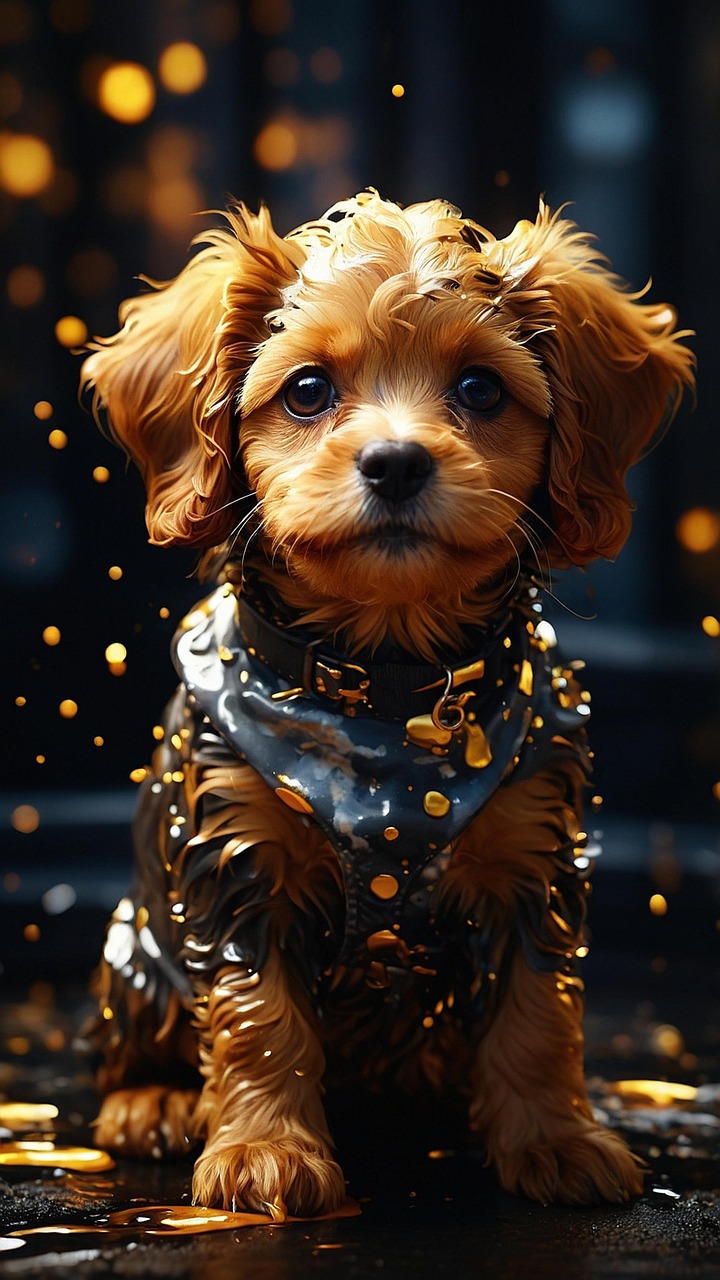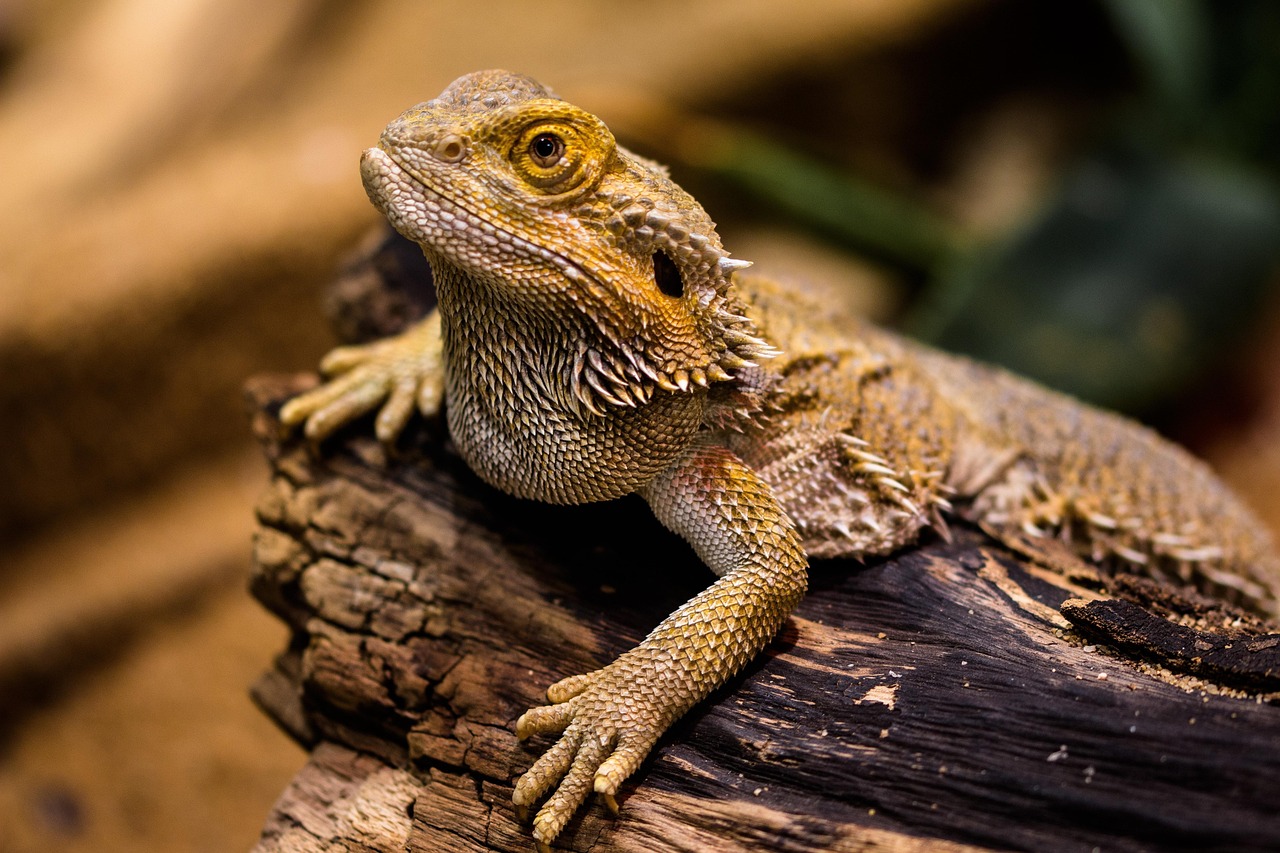Puppy 101: Sit, Stay & Come Made Easy
Surprising fact: puppies learn faster with 5-minute sessions than hour-long drills. This guide gives simple, step-by-step methods to teach sit, stay, and come using positive reinforcement. Expect short, fun repetitions, clear progression, and realistic goals.
This is for new puppy owners, caregivers, and anyone who wants a low-tech approach that works. No special gear required—just treats, patience, and consistency.
By the end you’ll know how to start each cue, build duration and distance safely, and troubleshoot common hiccups so training stays fun for both of you. Ready? Let’s make training feel joyful.




Teach Your Dog to Come When Called Every Time — Easy Online Training
Getting Ready: Supplies, Timing, and Puppy Mindset
Essentials you’ll need
Before you start, gather a few simple items so practice is smooth and distraction-free:
If you prefer gear names, the Starmark Pro-Training Clicker and Zuke’s Mini Naturals (or Wellness Soft Puppy Bites) are reliable, easy-to-handle options that many owners use for early sessions.
Picking the right treats & why timing matters
Choose soft treats that can be eaten in one bite and smell enticing—chicken, cheese, or the elk/venison above. For puppies that are teething, soft chews or mashed wet food works better than hard kibble.
Timing is everything: mark the exact moment your pup does the right thing, then deliver the treat within one second. The marker (click or “Yes!”) creates a precise bridge between action and reward—think of it as a tiny archive note your puppy files away.
Session length & reading your puppy
Puppies have short attention spans—aim for 3–5 minute focused bursts, 3–6 times a day. Watch for signs your pup is done: repeated yawns, wandering nose, ignoring you, or sudden hyperactivity. Stop before frustration sets in and finish on a small success so the pup remembers the win.
A quick real-world tip: when my neighbor’s border collie pup started yawning mid-session, we switched to a game of tug or a walk and returned to training later refreshed.
Creating a positive training atmosphere
Use a calm, upbeat tone. Minimize distractions (TV off, other pets out of the room) and have everyone in the household use the same cue words and hand signals—consistency speeds learning enormously. Reward only the behavior you want: don’t give attention if the puppy jumps up expecting a treat.
Safety notes & realistic expectations
Never force a puppy into a position. Watch for fatigue, overheating, or teething discomfort and shorten sessions as needed. Remember: mistakes are normal. Your puppy will be imperfect at first—patience and repetition win.
Next up: we’ll dive into the first cue—how to teach “Sit” step-by-step so the puppy understands clearly and confidently.
Teaching Sit: A Step-by-Step Starter
Teaching “sit” is one of the fastest wins you’ll get with your puppy — and it’s the foundation for many other cues. The trick is clear timing: lure the behavior, mark the instant it happens, and reward. Here’s a simple, repeatable method anyone can use.
Step-by-step: lure, mark, reward
Variations for shy or stubborn puppies
For shy pups: use low-key, high-value rewards (tiny pieces of wet food), make smaller lure movements, and reward with soft praise. If your pup backs away, try luring from above more gently or sit beside them and guide the hips with a flat hand under the rump (never lift).
For stubborn or highly motivated pups: use something irresistible (cheese, freeze-dried liver) and shorten sessions to 3–5 reps so they stay engaged. Turn “sit” into a game by immediately following with a play reward (short toss) so they learn sit = fun.
Clicker tip: if you use a clicker, pair it with a treat 10–20 times first so the click means “treat.” Click the instant the rear hits the floor — the click’s precision helps puppies learn faster than a spoken word for many owners.
Troubleshooting common problems
Progression tips
Proof sits in different rooms, on carpet, tile, grass, and with other family members. Gradually increase sit duration by a couple of seconds each week and reward intermittently (random jackpot treats) so the behavior stays reliable. Next, we’ll build on sit to teach “stay” with safe distance and duration progressions.
Teaching Stay: Building Duration and Distance Safely
You’ve got a reliable sit — perfect. Now turn that into a solid stay by starting tiny and building in both time and distance. Think “micro-wins” that stack into a dependable behavior.
Start with a one‑second stay
Quick real-life tip: I taught a friend’s 12‑week old Lab to stay by literally counting “one—okay!” and rewarding — within two days the pup happily held position for three seconds because the tiny wins were easy to repeat.
Increasing duration slowly
Add distance in baby steps
Using a mat as a visual boundary
A mat gives a clear “stay here” spot and reduces confusion—think of it like teachable real estate. Compared to a towel or rug, a foldable waterproof mat keeps edges visible and is easy to carry for park sessions. It helps puppies understand where to plant themselves and speeds generalization.
Keep sessions upbeat and short
Troubleshooting
Fading food rewards
Move from treat at every success to intermittent reinforcement: reward every 2–3rd correct response, then randomize (variable ratio). Keep high-value treats for proofing, but use praise, petting, or a quick play session as occasional rewards to maintain reliability.
Teaching Come: Reliable Recall with Fun and Safety
Teaching come is all about making “come” the most exciting two-syllable phrase in your puppy’s life. Start small, keep it joyful, and stack easy wins so your pup learns that returning to you = party time.
Make “come” irresistible
Begin indoors with low distractions and short distances. Use high-value treats (tiny bits of cooked chicken, freeze-dried liver, or a favorite squeaky toy) and an upbeat, animated voice. A quick real-life win: a distracted 12-week-old pup who ignored kibble came running for a single soggy cheese cube — suddenly the cue mattered.
A simple, repeatable three-step pattern
This predictable pattern builds clarity and excitement every rep.
When you move outdoors, pair recall practice with a long-line for safety. A 20–30ft nylon or biothane long-line balances freedom and control; compare nylon lines (lightweight, affordable) to biothane (durable, easy to clean).
Games that build enthusiasm
Quick tip: keep sessions short (3–5 minutes) and end with a win.
Common mistakes to avoid
Troubleshooting poor recall
Proofing strategies
Next, we’ll look at short training plans and simple ways to track progress so these new recall skills stick in everyday life.
Putting It Together: Short Training Plans, Troubleshooting, and Progress Tracking
Quick 10-minute session template
Warm up (1–2 min): gentle play, eye contact, 3 easy sits to score quick wins.
Two focused drills (6–7 min): 3–4 short reps per drill, increasing challenge each rep.
Fun finish (1 min): play or jackpot treat to end on a high note.
Example session A (morning):
Example session B (evening): swap in a longer stay or longer recall outdoors on a 20–30ft long-line (nylon vs. biothane long-lines: nylon is light and cheap; biothane is more durable and easy to clean).
4-week beginner progression chart
| Week | Duration (Stay) | Distance (Come) | Distraction level |
|---|---|---|---|
| 1 | 2–5s | 3–10ft (indoors) | Low (quiet room) |
| 2 | 5–10s | 10–20ft (yard, long-line) | Low–moderate |
| 3 | 10–20s | 20–30ft (park, long-line) | Moderate (people/dogs at distance) |
| 4 | 20–30s | 30ft+ (off-leash only if reliable) | Higher (nearby distractions) |
Increase one variable at a time: duration, then distance, then distractions.
Troubleshooting flows
If your puppy regresses: go one step back (shorter duration/distance), up reward value, and re-establish fast wins.
If bored: shorten sessions, change rewards (toy, game, different treats), and add movement-based drills.
If fearful: stop, reduce intensity, pair the cue with calm rewards, and rebuild confidence in a quieter place.
Seek professional help when: fear/avoidance persists, aggression appears, or progress stalls for several weeks despite adjustments.
Motivation & consistency for families
Track progress & maintain gains
With these bite-sized plans and simple tracking, you’ll keep momentum and set your pup up for lifelong success — next up: Wrap-Up: Keep It Fun and Consistent.
Wrap-Up: Keep It Fun and Consistent
Sit, stay, and come are absolutely achievable with short, regular sessions, positive rewards, and plenty of patience. Keep sessions fun and simple, celebrate tiny wins, and let your puppy set the pace. Consistency beats perfection—short daily practice will turn these basics into reliable habits and a calmer, happier dog.
Start today with tiny, joyful steps—five minutes a few times a day is powerful. Track progress, tweak when needed, and always end on a positive note. Enjoy the growing bond; training is as much about connection as obedience. Ready, set, play—and watch your puppy shine.









I appreciate the safety notes, but wanted to flag the ultrasonic bark deterrent — check with your vet before using on young pups. There are reports some devices bother sensitive dogs. The recall leash and mat are solid though; the nylon 30ft line is surprisingly lightweight and made my outdoor recall sessions less frantic.
Anyone else worry about electronic devices and long-term behavior effects? Curious how others introduce tech in training.
I’m cautious — I view tech as a temporary tool, not a fix. Rely on human-led training as the backbone.
I used a rechargeable deterrent for barking only after consulting a trainer; we paired it with counter-conditioning so it wasn’t just punishment.
Yup — context is everything. If you do use a device, monitor closely and have a fallback plan (like more training sessions).
Totally valid concern, Laura. We recommend prioritizing positive reinforcement and using tech sparingly and as a last resort. Always watch for stress signals and stop if the dog seems upset.
Really appreciated the short training plans. I made a 2-week micro-plan using the article: morning 3-min sit drills, midday recall on the 30ft leash, evening journal notes. It’s small but consistent and my pup responds way better than marathon sessions.
Also, Wild-Sourced Elk & Venison Training Treats smell like crazy — great for high-value rewards. Anyone else mix treat types during sessions?
Haha my dog prefers socks over treats. But when venison appears, he acts like royalty.
I use kibble as baseline and elk as jackpot. Works great for recall tests in the yard.
Pro tip: freeze the treats into a Kong for long chew sessions after training. Keeps them calm and rewarded.
I rotate treats. Chicken for regular reps, venison for big distractions. Keeps him guessing and motivated.
Love the micro-plan approach — that’s exactly the kind of consistent habit that works. Mixing treat values is smart: low-value for warm-ups, high-value (elk/venison) for tough distractions.
Loved this — super practical! The step-by-step for “sit” was exactly what I needed for my 10-week lab mix. I bought the Dual Pet Training Clickers and Wild-Sourced Elk treats after reading and they actually helped a ton. Quick tip: use tiny treats so they don’t get full too fast 😅
Also starting a puppy journal (My Puppy Journal) like you suggested is a game changer for tracking when she learns things. Thanks for keeping it simple!
Omg yes to the tiny treats. I cut up treats into like pea-size bits and still see results. Also the clicker + treat combo is magic for fast learners.
So glad it worked for you, Hannah! Tiny treats are the secret — saves you from bribery overload 😂. If you like, share one entry format from your journal and others can borrow it.
Nice — did you use the 30ft recall leash for outdoor practice or just indoors? Trying to figure when to switch from short line to full recall.
Heh, this made me laugh — “Keep it fun and consistent”. Wish my pup got the memo 😂. I tried teaching ‘stay’ and he invented a new move called ‘slowly inch away while looking adorable.’
That Foldable mat sounds like bribery tech tho. Might try it at the park.
Adorable move = classic puppy behavior. The inch-away trick is why we recommend gradually increasing duration and distance. The mat helps because it’s a clear cue for where to stay.
My dog did the same! I had to lower the criteria (shorter stays) and build up super slowly. Little wins add up.
Good article but a heads-up: the 3X Ultrasonic Rechargeable Dog Bark Deterrent sounds iffy to me. My neighbor tried something similar and the dog got more anxious. I’d be cautious recommending it as a go-to. The training plans and the recall leash ideas were solid though.
Valid point, Marcus. The deterrent is included as an option, but we emphasized training-first and using such devices carefully. If a dog shows anxiety, stop immediately and consult a trainer or vet.
Agree — context matters. I tried an ultrasonic device once and my pup flinched every time a squirrel ran by. Ended up focusing on more positive reinforcement instead.
This article nailed the puppy mindset section. A few notes from me after 3 weeks of training:
1) Keep sessions under 5 mins when they’re super young. My pup zones out fast.
2) The Foldable Waterproof Portable Dog Camping Mat was clutch when practicing in the yard — gives them a consistent target for “stay”.
3) Use the 30ft Nylon Dog Recall Training Leash for distance work; it saved me from panics when she took off after birds.
One question for others: how long before you moved from the long line to off-leash recall? I’m nervous to try without the leash.
Great notes, Priya — thanks! There’s no hard rule but most pups aren’t trustworthy off-leash until they reliably come from distractions several times at increasing distance. Many recommend months of consistent training and using the long line as a safety net until then.
I waited until my rescue reliably came from distractions that included other dogs and food — that took about 6 months. Really depends on temperament and environment.
I did the fencing trick too — worked wonders. Also, reward heavily the first few times off-leash so coming back is WAY more fun than staying exploring.
I slowly phased out the leashed practice: start with long line in a quiet area, then add distractions, then try fenced off-leash, then open area. If she ignores you once, go back a step.
Question: the Dual Pet Training Clickers — do I need to use them forever or wean off eventually? Also, should the click be immediate before treat every time?
I’ve been clicking and then treating but sometimes forget the exact timing and worry it’s confusing.
I tapered the clicker after a few weeks by clicking less often and praising more. Works well if you keep consistency in timing.
Also don’t stress if you miss a click — just treat and reset. Dogs aren’t calculating on fine margins like we are 😅
Good question. You don’t need the clicker forever — it’s a bridge to mark the exact behavior. Once the dog reliably responds, phase out the clicker and use a verbal marker (like ‘yes’) or just the treat. And yes, the click should mark the exact moment the behavior happens, then treat immediately after — that timing is the key.
Short and sweet: this is the article I’d give to a friend who just got a pup. Clicker + treats = win. Thanks!
Thanks, David — glad it’s sharable. If anyone wants a printable one-week plan based on the article, I can post a template.
Agree! The Dual Pet Training Clickers are cheap but effective. My neighbor swore they’d be useless, and then their pup stopped jumping in a week lol.
This article came at the right time. My 12-week corgi mix is stubborn but loves the Wild-Sourced Elk treats (seriously, I think she has a vendetta against the bag 😂).
I started using ‘My Puppy Journal’ and tracking the exact time of day she learns something helped identify when she’s most focused — turns out late morning for us. If anyone’s struggling with inconsistency, try logging time-of-day and energy levels for a week.
Also those camping mats are underrated. Great for noisy households where you want a calm spot.
So good that you noticed time-of-day patterns — pups definitely have windows of focus. Great tip to track energy levels!
My dog is a night owl too. Training at 7pm worked better than mornings for us. Journaling helped spot that.
I tried logging and realized my pup is nap-cranky after long walks. Adjusted timing and saw huge improvements.